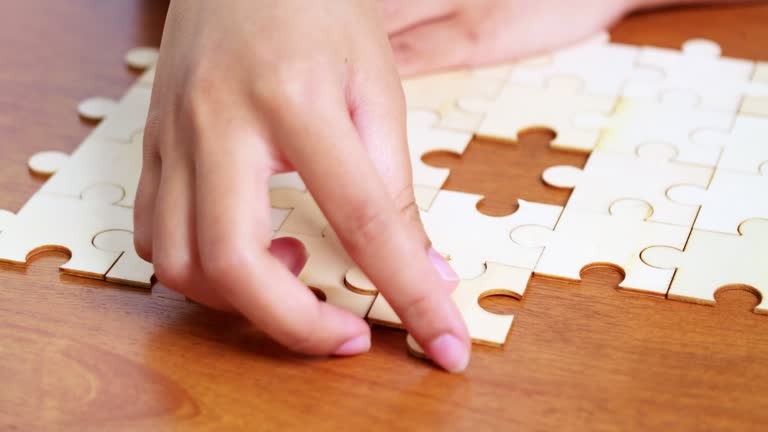Breathing techniques have been recognized as effective stress relief methods for centuries. They are a core component of many ancient practices like yoga, meditation, and martial arts. These techniques have gained increased recognition in recent years due to their effectiveness and ease of implementation.
The power of breathing techniques lies in their ability to affect the body’s autonomic nervous system, which controls heart rate, digestion, respiratory rate, salivation, perspiration among others. By consciously controlling our breath – its pace or depth – we can influence these systems and induce a state of relaxation.
One popular method is deep breathing or diaphragmatic breathing. This technique involves fully engaging the stomach, abdominal muscles and diaphragm when inhaling and exhaling air. Deep breathing helps slow your heart rate down and lower blood pressure resulting in a calming effect on your mind.
Another powerful technique is the 4-7-8 method developed by Dr Andrew Weil based on an ancient yogic technique called pranayama. You breathe in quietly through your nose for four seconds; hold this breath for seven seconds; then make a whooshing sound while exhaling from your mouth for eight seconds. Repeating this cycle at least three times sends signals to your brain to adjust the oxygen levels best thca flower in your body leading to reduced anxiety levels.
Box Breathing is another quick stress relief method that has been used by Navy SEALs during high-stress situations. With box breathing you inhale slowly counting up to four; hold that breath for another count of four; exhale all the air out over another count of four; then wait again without taking any breaths for yet another count of four before repeating the process.
Progressive muscle relaxation combined with controlled breathing can also be beneficial in managing stress levels. It involves tensing certain muscle groups as you breathe in and relaxing them as you breathe out helping release tension from those areas.
Mindful Breathing encourages one not just to be aware of their breathing but also to focus on the present moment. This technique has been shown to reduce symptoms in people suffering from depression and anxiety.
It’s worth noting that while these techniques can provide quick relief, they are not a cure for chronic stress or anxiety disorders. They should be used as part of a broader stress management strategy which may include physical exercise, balanced diet, adequate sleep and professional help when required.
In conclusion, breathing techniques offer powerful quick stress relief methods that are easy to learn and implement anywhere at any time. By taking control of your breath, you take control of your mind and body’s response to stressful situations leading to an improved quality of life.

